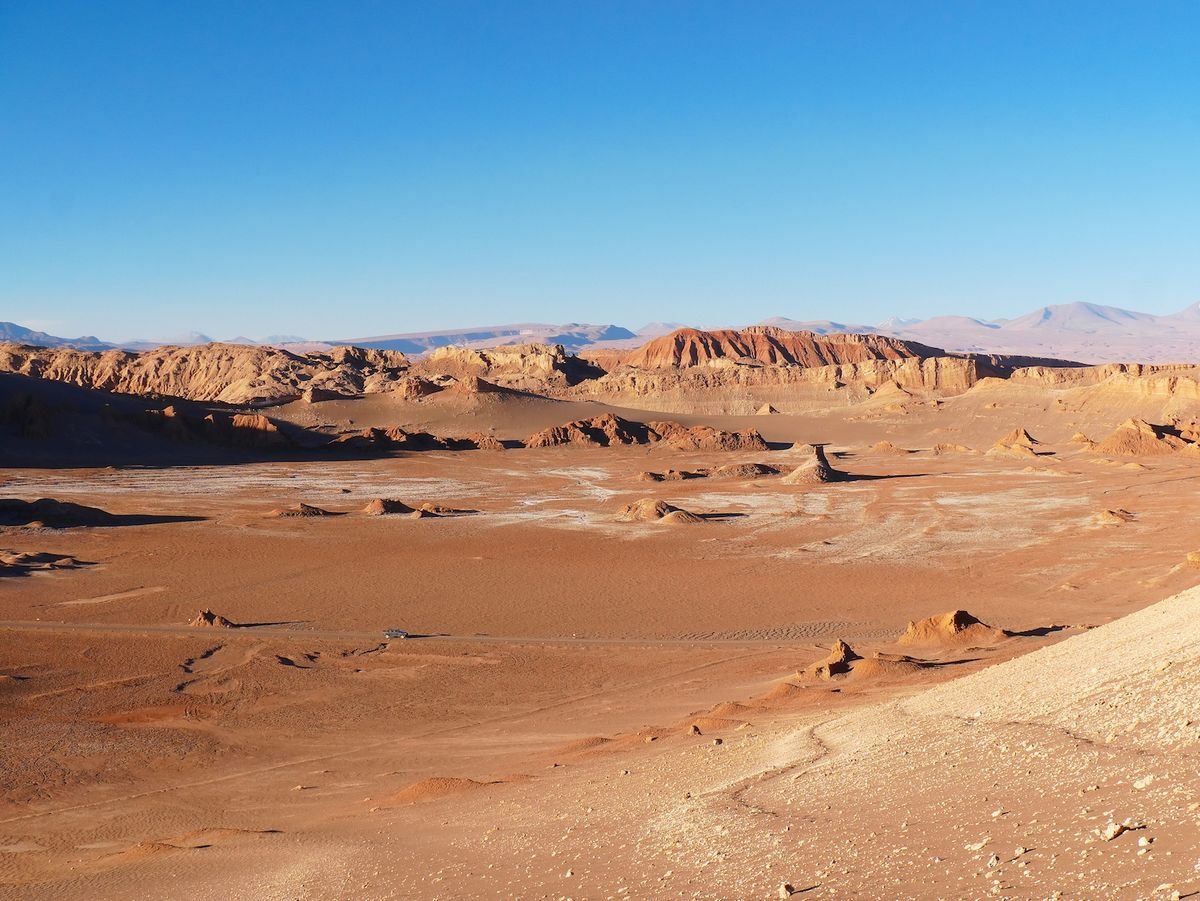
Fog Harvesting Could Yield Water for Drinking and Agriculture in the World’s Driest Regions
In the arid expanse of Chile’s Atacama Desert, one of the driest places on Earth with an annual rainfall of less than 1 mm, the residents of its rapidly growing cities face severe water shortages. With the region’s primary water supply coming from ancient underground rock layers that were last replenished thousands of years ago, researchers are exploring new methods to secure water. One promising solution is “fog harvesting,” a technique in which fog moisture is captured and stored for practical use. This method could provide a sustainable water source for both drinking and agricultural purposes in these drylands.
The potential of fog as a resource has long been seen as a small-scale solution. However, recent studies have shifted this perspective, suggesting that fog harvesting could play a crucial role in providing water to urban areas, particularly in regions where climate change is exacerbating water shortages. Dr. Virginia Carter Gamberini, an assistant professor at Universidad Mayor and lead author of the study published in Frontiers in Environmental Science, emphasized that their findings demonstrate fog can complement urban water supplies, particularly in dry regions like the Atacama Desert.
How Fog Harvesting Works
Fog collectors are simple systems that use mesh panels suspended between two posts. These panels intercept moisture from the fog, allowing droplets to collect on the surface. The water then drips into gutters that direct it into storage tanks. This passive system requires no energy, making it particularly useful in remote areas with limited infrastructure.
In a year-long field study conducted in Alto Hospicio, a rapidly urbanizing municipality within the Atacama Desert, researchers examined the potential for fog harvesting. With the population growing rapidly, many residents of the city’s informal settlements have limited access to traditional water distribution networks and rely on water deliveries via trucks. Researchers found that the potential for fog harvesting in a 100-square-kilometer area surrounding Alto Hospicio ranged from 0.2 to 5 liters per square meter of fog per day, with the peak collection potential reaching up to 10 liters per square meter during the foggiest months, in August and September.
Impact on Urban Water Supply
Fog harvesting could significantly ease the water crisis in cities like Alto Hospicio, where many residents live without access to reliable water systems. As noted by Nathalie Verbrugghe, a researcher from the Université libre de Bruxelles, the study’s results could pave the way for wider adoption of fog harvesting in other urban areas facing water scarcity. However, it is important to note that fog harvesting should not be viewed as a standalone solution but rather as part of a broader, integrated water management strategy for urban areas.
In practical terms, fog-harvested water could be used for a variety of purposes. It could help meet drinking water needs, irrigate green spaces, and support local food production. For example, the researchers estimate that 17,000 square meters of fog-collecting mesh could provide enough water to meet the weekly water demand of 300,000 liters for urban slums. Additionally, 110 square meters of mesh could meet the annual irrigation needs for green spaces, requiring 100,000 liters per year. In the realm of agriculture, fog water could be used in soil-free farming methods, yielding 15 to 20 kilograms of leafy vegetables in a month.
Challenges and Future Research
For fog harvesting to be successful in different regions, several factors must align. The geographic and atmospheric conditions must be favorable, with dense fog, appropriate wind patterns, and elevated landforms. Furthermore, fog harvesting is often seasonal, so researchers must account for this variability when assessing its viability in different locations.
To explore its potential further, future research will need to examine the scalability of fog harvesting in larger urban settlements. In addition, policymakers must consider integrating this renewable source of water into national water strategies, as Dr. Carter suggests. Such integration could improve urban resilience to climate change and rapid urbanization, ensuring greater access to clean water for communities in water-scarce areas.
As global water scarcity continues to rise, fog harvesting represents an innovative and sustainable solution, with the potential to improve the quality of life for millions of people in some of the world’s driest regions.